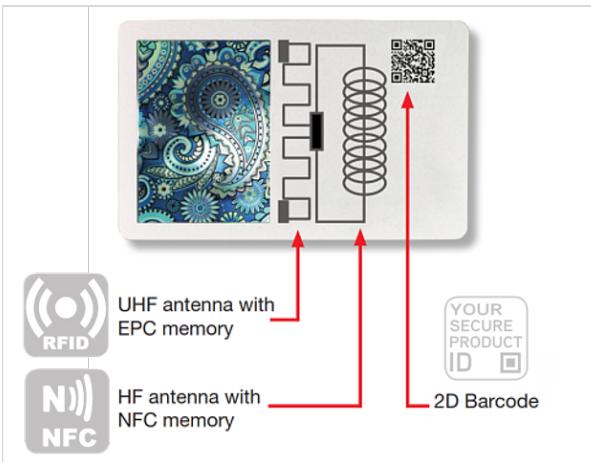3.1 Risk scenarios Trafficking in precious metals is linked to illicit financial flows. Several fraudulent schemes are used to evade tax, launder money or fund other crimes. The incorrect valuation of precious metals on export or import documents, or the practice of trading precious metals as “low-value scrap” are typical examples. Misinvoicing of transactions involving precious metals can be used for laundering money, claiming tax incentives (VAT and tax fraud) or dodging national capital controls. Finally, the trafficking of precious metal is connected to the theft of products containing Platinum Group Metals (PGMs) (such as catalytic converters, chemical catalysts and other applications containing PGMs). A high percentage of PGMs can be refined and reutilized nearly an unlimited number of times. The high technical recyclability of PGMs means that over 95% recovery can be achieved once PGM-containing scrap reaches a state-of-the-art refining facility7 (e.g. 90% of the PGMs ever produced is still existing). There have been many incidents involving the theft of automotive catalysts and other products that contain PGMs. Media reports show that thieves are ripping catalytic converters from cars at an alarming rate. One bag containing 1000kg of scrap spent automotive catalysts (a device used to reduce emissions from an internal combustion engine) can have a value of up to 50.000 USD while a repair could cost a victim thousands of dollars. For example, in the United States, according to a report by the National Insurance Crime Bureau (NICB), the increase in these thefts is dramatic. In 2018, there were 1,298 catalytic converter thefts reported. In 2019, it was 3,389 reported thefts. In 2020, reported catalytic converter thefts jumped massively to 14,433, with December leading the way with 2,347 thefts, or roughly 16 percent of the yearly total – in just one month.8 Furthermore, in the UK, an investigation by The Times showed that almost 6,000 catalytic converters had been stolen from 2015 to 2019, of which 2,894 occurred in the first six months of 2019.9 This section of the report describes three different risk scenarios related to the illicit trafficking of precious metals, to show how organized crime can explore vulnerabilities in this area. The scenarios are dedicated respectively to the illicit trafficking of precious metal materials, illicit trafficking of counterfeited gold bars, and the infiltration of the legal industrial refining process. Subsequently, the report analyses possible technology solutions aimed at limiting risks highlighted by the scenarios.
3.1 Risk scenarios Three risk scenarios have been elaborated on in the area of illicit trafficking of precious metals. Risk scenario 1: Illicit Trafficking of Precious Metal Materials A developing country is known for its large reserves of precious metals, such as gold and platinum group metals, and mining is the primary national industry. In close proximity to large-scale mining sites controlled by foreign multinational companies, the government has awarded gold mining concessions to small-scale local mining operations. The small-scale mining operations: 1) exploit marginal or small gold deposits; 2) are labour-intensive; and 3) have poor access to markets and support services. The national authorities recognize the role of the developing domestic, small-scale industry and are therefore subsidizing local companies. However, operations in a specific region are under the control of organized crime groups, which have infiltrated the supply chain of extractive industries to profit from the illicit trade in precious metals. The leader of a prominent organized crime group has realized that engaging in the illicit trade in precious metals would provide a high return on investment with a lower level of risk than other illicit activities.
7
See Recycling the Platinum Group Metal. A European Perspective, available at https://www.researchgate.net/ publication/233563592
8
National Insurance Crime Bureau, 15 April 2021, https://www.nicb.org/news/blog/catalytic-converter-thefts-skyrocket-acrossnation
9
BBC News, 20 September 2019 https://www.bbc.co.uk/news/business-49767195
92











